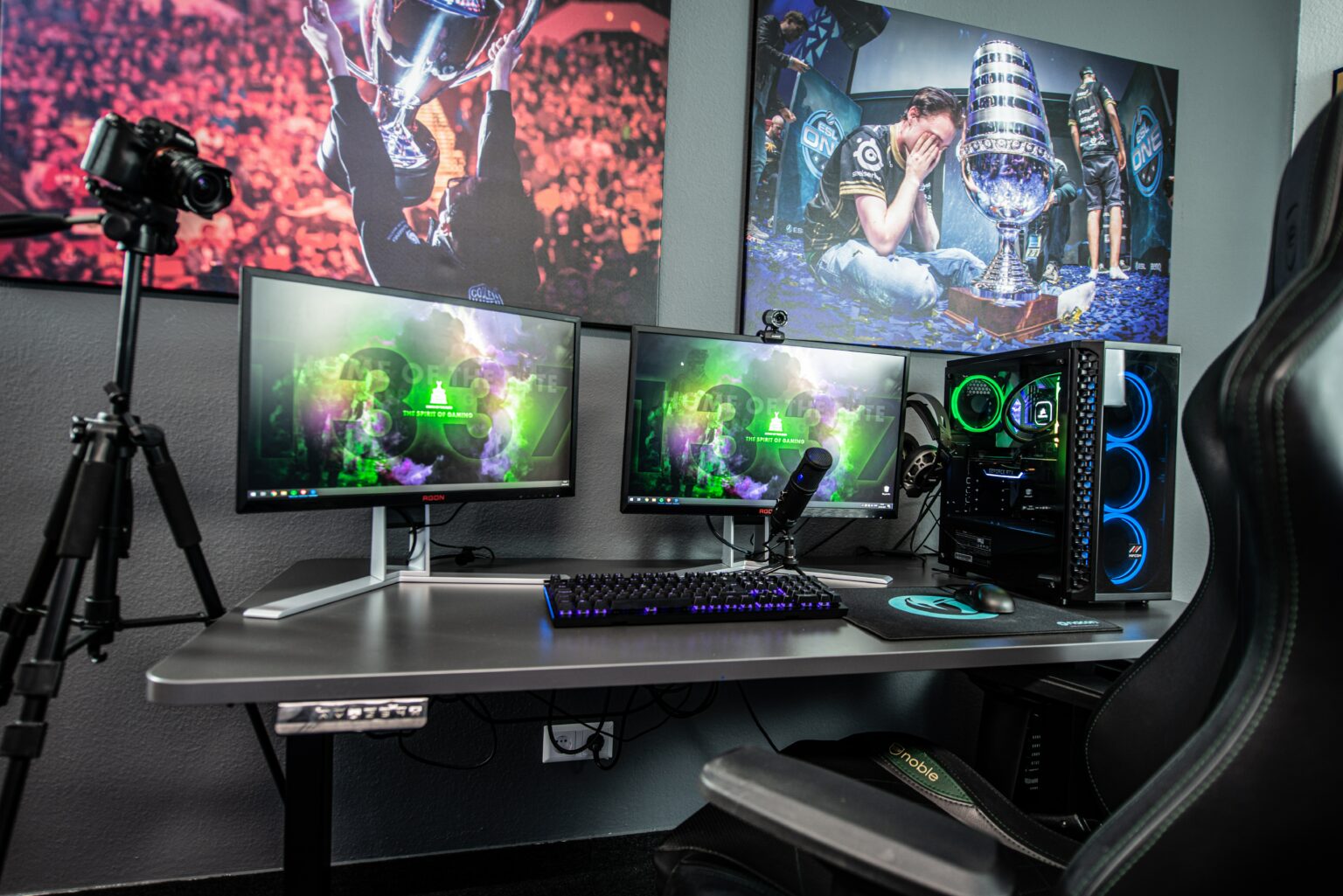In the past few years, the gaming industry has taken the world by storm. The number of gamers is increasing worldwide. Gaming pc and gaming laptops are in demand nowadays. Gaming has become a hobby now, and the development of new games is encouraged by gamers. Therefore, Every component of a good game, including its design, gameplay, and story, as well as its user interface, should be well-thought-out and planned so that they work together to create an enjoyable experience.
In order to design a game that is fun to play and keeps players interested, there are several aspects that need to be controlled. The majority of today’s most-played video games have narratives that are crystal clear, making it simple for players to comprehend the part they are supposed to play and the actions that are presumed of them. The finest games are those that are easy to understand and that guide the player through their designs.
Process Of Developing A Fun Game
The process of developing a fun game begins with planning a goal, then moves on to the next step, which is building the prototype. Then play the game to test it and improve the goal. Continue this process as long as you have created a game that is the most enjoyable and engaging possible. The following diagram shows the flow of the process.
In this article, we are going discuss some tips for designing fun and entertaining game levels.
Following are some tips that will help you in creating Engaging and fun games.
- Stop Following The Trends
Don’t let yourself be constrained by trends. Let your creativity run free to find fascinating and engaging games that will attract players. You can find a fun game by using all of your creative imagination.
- Innovation and Experimentation
Let Your Imagination Go Wild, and Don’t Try to Compete with Other Games of the Same Genre.
Make a new, enjoyable game instead. Research and try new genres and add your own twist.
- Alluring Challenges
The most important factor that encourages a gamer to keep on playing is the presence of challenging tasks. Challenges immerse and test players. The game may complicate simple tasks.
In addition, it is beneficial to offer directions to the player as the game develops in order to ensure that the player has a complete comprehension of what actions should be taken.
So, the player reacts appropriately and overcomes many hurdles as the game progresses.
Players can stay engaged in a tough game by requesting hints or help.
- Feedback And Improvisations In The Game
You may also ask players to test out different prototypes so you can get their feedback and modify the game accordingly. Choices such as creating your game to be Single or Multiplayer and making it available across platforms or not is up to the inventor. Depending on the feedback received, you can make vital improvisations to the game. Strive to improve and update your game frequently to provide value for the players. This will keep the game relevant for a long time.
- Game-Unifying Scenery
Changing the scenery to break up the monotony of your game boosts engagement. To avoid confusing the player, maintain rhythm and uniformity while changing sceneries. This can be achieved by keeping some scene elements, such as colour, furniture, and architecture, consistent.
- Player Rewards
A significant portion of what keeps players coming back to play is the possibility of obtaining one of these rewards. The player must be rewarded for their accomplishments. Minor tasks, such as running into coins, can also award rewards. These rewards can be redeemed for ammo or any other gear that will assist the gamer in overcoming more difficult obstacles.
- Progress Must Be Evident
To encourage players to return and play again, they must have a variety of tasks or levels with achievements. Your game should have several interesting accomplishments rather than a single goal. The experience will be more satisfying if there is visible progress.
- Colors Scheme And Visual Effects
Game graphics should convey fantasy. A person’s first impression is strongly influenced by the visuals they see. Perfect visuals compel the players to play games. The appropriate colours and dimensions fascinate the player. Players may dislike a wonderful game with an incorrect colour scheme. Dynamic visual effects boost gameplay energy. Reactive challenges will make the game more engaging and will enhance the gameplay.
- The Background Sound
An entertaining game should be able to produce a nostalgic feeling through its use of sound. When we hear a sound, we should immediately connect it to the thoughts, feelings, and experiences that we gained through playing the game.
- Speed Of The Game
A game shouldn’t move too quickly or slowly. The game designer should test the game’s pace. If the speed of the game is increased, it may result in the player will lose interest in the game. Therefore, optimum speed should be used by the game designer.
Wrapping Up
If you want to start from scratch and create an enjoyable game, you need to make sure that you take into account all of the criteria that have been discussed above. A good game’s design, gameplay, plot, and user interface should be well-planned and work together to produce an entertaining experience.
